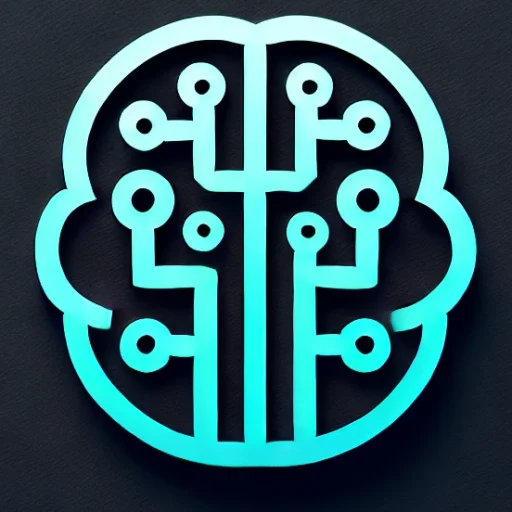
Introduction
In recent years, the field of artificial intelligence has seen an incredible surge in innovations and applications, but none have captured the imagination quite like Generative AI. This groundbreaking technology is redefining the boundaries of creativity and innovation, enabling machines to create text, images, music, and even complex designs. As Generative AI continues to evolve, it presents both exhilarating possibilities and profound challenges that could reshape industries and society itself.
Key Insights & Latest Advancements
Generative AI, particularly models like OpenAI’s GPT and DALL-E, has made headlines with its ability to generate coherent text and stunning images based on simple prompts. These advancements have been fueled by deep learning techniques and vast datasets, allowing AI to learn and mimic the intricacies of human creativity. Recent breakthroughs include:
- Scalability and Performance: New models are now more scalable and efficient, capable of handling massive amounts of data to produce high-quality outputs.
- Multimodal Capabilities: The ability to process and generate multiple types of data simultaneously, such as combining text, images, and even audio, marks a significant leap in AI capabilities.
- Real-time Generation: The speed and efficiency of generative models have improved, enabling real-time content generation, which is a game-changer for industries like gaming and entertainment.
Real-World Applications
Generative AI is already making a significant impact across various sectors:
- Creative Industries: Artists and designers are leveraging AI tools for innovative artwork and product design, pushing creative boundaries.
- Content Creation: Media and marketing companies use AI to generate articles, advertisements, and personalized content at scale, enhancing engagement and efficiency.
- Healthcare: Generative AI aids in drug discovery by simulating chemical interactions, significantly reducing the time and cost involved in developing new treatments.
- Automobile and Manufacturing: AI-driven design tools can optimize and innovate complex engineering tasks, leading to more efficient and sustainable production processes.
Challenges & Future Outlook
While the prospects of Generative AI are promising, several challenges must be addressed to realize its full potential:
- Ethical Concerns: The ability of AI to generate deepfakes and misinformation poses serious ethical dilemmas. Establishing clear guidelines and standards is imperative.
- Intellectual Property: Determining the ownership and rights of AI-generated content is a complex legal challenge that needs resolution.
- Bias and Fairness: AI models can inadvertently learn biases present in their training data, necessitating ongoing efforts to ensure fairness and inclusivity.
Looking ahead, the future of Generative AI looks promising, with anticipated advancements in model accuracy and application diversity. Increased collaboration between AI developers, ethicists, and policymakers will be crucial in navigating the ethical landscape and maximizing the positive impact of this technology.
Conclusion
Generative AI stands at the forefront of artificial intelligence innovation, offering revolutionary potential to reshape industries and redefine creativity. As we continue to explore its capabilities, it is vital to address the ethical, legal, and societal challenges that accompany its growth. By doing so, we can unlock a future where human creativity is amplified by machine intelligence, leading to uncharted realms of possibility.
Key Takeaways:
- Generative AI is transforming creativity across industries, from art to manufacturing.
- Recent advances in scalability and multimodal capabilities are expanding AI’s potential.
- Ethical considerations and biases must be navigated to fully harness the technology’s benefits.

